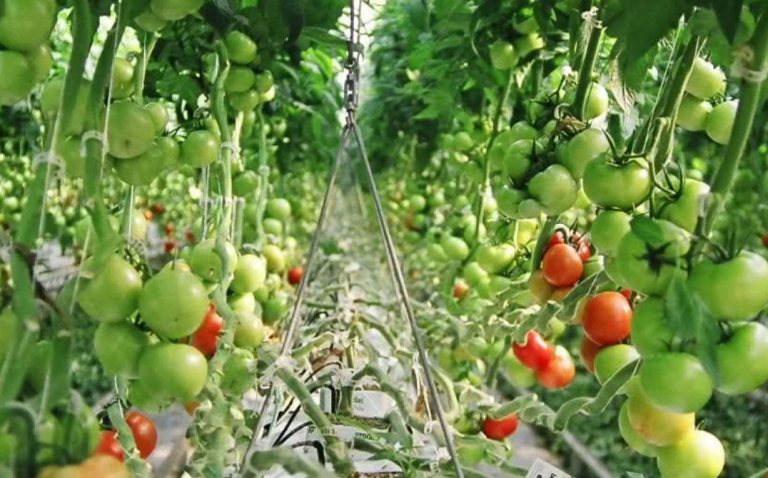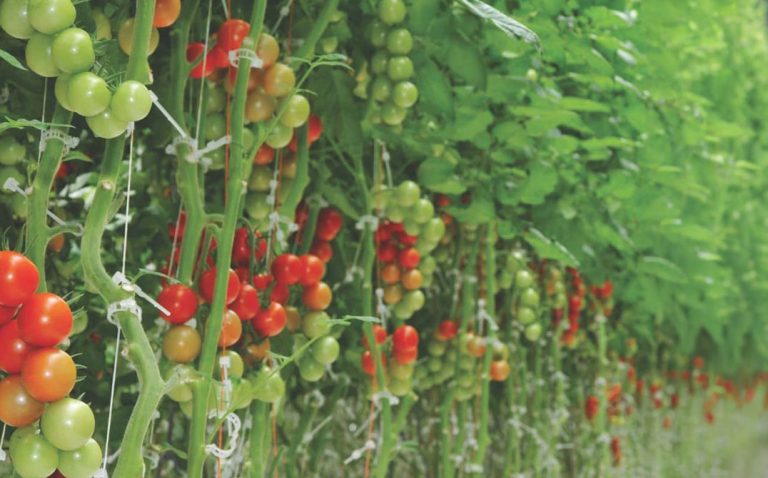The comparison between Greenhouse grown and field-grown vegetables often sparks debate among growers, consumers, and nutritionists alike. While traditional field agriculture has sustained societies for millennia, Greenhouse growing is quickly becoming a dominant force in modern agriculture, offering new standards in consistency, traceability, efficiency, and sustainability. When examining which is better, it’s important to consider factors such as nutrition, taste, environmental impact, cost, and availability — each influenced by how and where the vegetables are grown.
One of the most compelling advantages of Greenhouse grown vegetables is their nutritional consistency. Because Greenhouses operate in controlled environments, plants receive optimal amounts of light, nutrients, water, and CO₂ throughout their growth cycles. This precision results in vegetables with stable levels of vitamins, minerals, and phytonutrients. For instance, research from Wageningen University shows that tomatoes grown in Greenhouses with targeted light spectrums contained significantly more lycopene than those grown in open fields [https://www.wur.nl/en/show/Greenhouse-lighting-enhances-vegetable-nutritional-content.htm]. Lycopene, a powerful antioxidant, is linked to reduced risk of cardiovascular disease and certain cancers.
When it comes to taste and freshness, Greenhouse grown vegetables often outperform their field counterparts in urban markets. Greenhouses are usually located closer to distribution hubs, allowing for quicker harvest-to-shelf timelines. This results in crisper, fresher produce with more retained flavor and nutrients. In contrast, field-grown vegetables often travel hundreds or even thousands of miles to reach urban consumers, losing both moisture and flavor along the way. A 2023 study published in Food Chemistry concluded that Greenhouse grown cucumbers and peppers retained more of their original texture and volatile flavor compounds after transport compared to field-grown samples [https://www.sciencedirect.com/journal/food-chemistry].
Pesticide use is another key point of differentiation. Because Greenhouses are sealed and climate-controlled, they significantly reduce the need for synthetic pesticides and herbicides. Pest pressure is easier to manage using integrated pest management (IPM) techniques, such as introducing beneficial insects or deploying biological fungicides. This not only leads to cleaner produce but also reduces the environmental contamination commonly associated with field agriculture. Field-grown crops, due to their exposure to a broader array of pests, weeds, and fungi, often require more aggressive chemical interventions, which can result in residue on the produce and runoff into surrounding ecosystems.
Environmental sustainability is another domain where Greenhouse grown vegetables have a distinct edge — especially when grown in hydroponic or aquaponic systems. These systems use up to 90% less water than traditional soil farming, a critical advantage in regions facing water scarcity. Additionally, because these systems recycle water and nutrients, they generate minimal waste. Field-grown vegetables are subject to runoff, erosion, and depletion of topsoil, making long-term sustainability more challenging without regenerative practices.
Cost and accessibility are also major factors in the debate. Field-grown vegetables, produced at scale using well-established infrastructure, are generally cheaper at retail due to lower energy and technology costs. Greenhouse grown produce, especially from urban vertical Greenhouses, can be more expensive, reflecting the capital and operational expenditures associated with their high-tech systems. However, as the technology becomes more mainstream and economies of scale are realized, these costs are expected to decrease.
Ultimately, determining which is “better” depends on the specific goals of the consumer. For access to clean, nutrient-rich, and fresh vegetables — particularly in urban centers — Greenhouse grown produce is often the superior choice. For affordability and lower energy inputs in temperate regions, field-grown vegetables remain a viable and sustainable option, especially when paired with regenerative growing practices.




